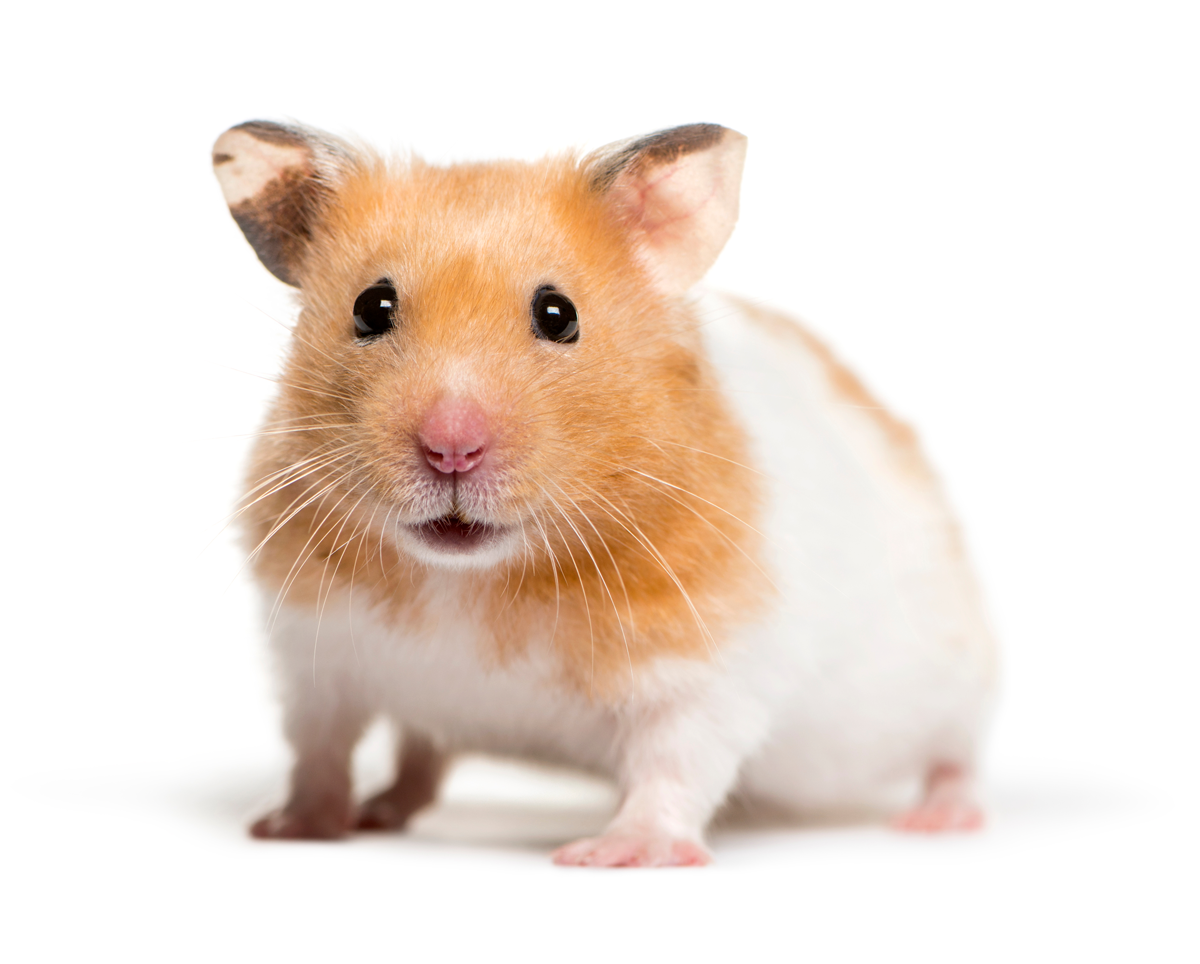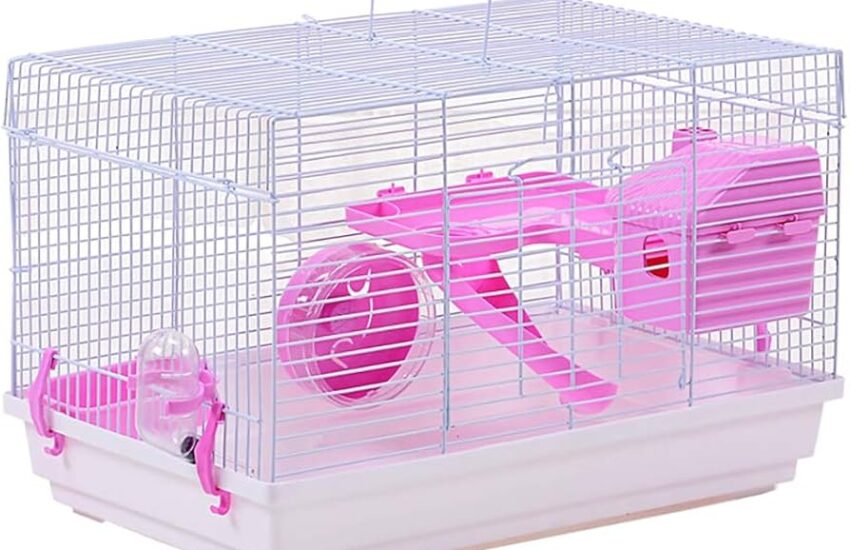Exploring Pet Hamster Breeds
Hamsters are one of the most popular pets worldwide due to their small size, adorable appearance, and relatively easy care. These furry companions come in various breeds, each with its own unique characteristics. In this article, we will delve into the fascinating world of pet hamster breeds, highlighting their individual traits, care requirements, and suitability as pets. Alongside captivating images, we will provide comprehensive information that can help potential hamster owners make informed decisions.
Popular Hamster Breeds
When considering a pet hamster, it’s essential to know the prominent breeds available. Each breed varies in personality, size, fur type, and care requirements, making them suitable for different kinds of owners and living conditions.
Syrian Hamster
The **Syrian hamster**, also known as the golden hamster, is arguably the most popular breed among pet enthusiasts. Known for their friendly and docile nature, Syrian hamsters are solitary creatures, preferring to live alone. They typically weigh about 4-6 ounces and can grow up to 6-7 inches long. Their fur comes in various colors and patterns, including golden, black, and cream. An ideal habitat for a Syrian hamster should be spacious, allowing them to roam and explore. They require a cage with a solid bottom, deep bedding, and plenty of toys for stimulation. Care for these hamsters involves daily feeding, regular cage cleaning, and social interaction.

Dwarf Hamster
Dwarf hamsters, including species like the Campbell’s and Winter White hamsters, are smaller than their Syrian counterparts, weighing only about 2-4 ounces and measuring around 3-4 inches in length. These hamsters are social animals and can often be kept in pairs or small groups if introduced properly. Dwarf hamsters are known for their playful and energetic personalities, making them a popular choice for families and experienced owners alike. They thrive in a spacious cage with ample running wheel space and plenty of hiding spots. Regular handling and interaction are essential to keep them tame and friendly.

Roborovski Hamster
The **Roborovski hamster** is one of the smallest breeds and is often revered for its adorable appearance and lively behavior. Weighing just 1-2 ounces and measuring about 2-3 inches, Roborovski hamsters are exceptionally quick and active. They are very social and tend to live in colonies, making them suitable for owners wanting multiple hamsters. Providing a large, multi-level cage with plenty of exploration opportunities is vital for their happiness. Though they can be less inclined to be handled as often as larger breeds, Roborovski hamsters still possess charming personalities and can bond with their owners with patience and consistent interaction.

Care Considerations for Hamsters
Caring for hamsters involves more than just giving them a comfortable habitat. Understanding their needs, setting up feeding routines, and recognizing potential health issues are vital parts of responsible hamster ownership.
Diet and Nutrition
A well-balanced diet is essential for your pet’s health and happiness. **Commercial hamster pellets** should form the base of your hamster’s diet, supplemented with a variety of fresh fruits and vegetables. Good options include carrots, apples, and broccoli in moderation. Ensure clean, fresh water is available at all times, and avoid foods toxic to hamsters, such as chocolate, garlic, and onion. An interesting tip is to provide small treats like sunflower seeds or mealworms occasionally, as they can enrich their daily routine and encourage foraging behaviors.
Cage Setup Essentials
The **hamster cage** plays a crucial role in your pet’s well-being. Ensure your cage has sufficient space for easy movement and activities. A minimum of 500 square inches of floor space is recommended, with vertical space for climbing. Bedding material is equally vital; choose options like aspen shavings or paper-based bedding to ensure a comfortable environment. Incorporate various enrichment items such as tunnels, chew toys, and exercise wheels. Regular cleaning of their habitation prevents odors and promotes a healthier living space.

Understanding Hamster Behaviors
Total understanding of hamster behaviors is beneficial for owners to bond effectively with their pets. Recognizing what is typical versus abnormal behavior can help prevent unnecessary stress and ensure a happy environment.
Socialization and Interaction
Regular **socialization** is critical, particularly for younger hamsters. While Syrian hamsters prefer solitary lifestyles, dwarf and Roborovski hamsters thrive on companionship. Daily handling and gentle interaction help them become familiar with humans and reduce stress. Begin introducing yourself to your hamster’s habitat with quiet and gentle movements; slowly reach in to allow them to sniff your hand. Over time, this will promote a relaxed and trusting relationship.
Common Health Issues
Like all pets, hamsters are subject to specific health issues that owners should be aware of. Common problems include obesity due to poor diet, dental issues caused by a lack of chewing materials, and respiratory conditions from inadequate bedding or overcrowding. Regular veterinary check-ups are always recommended, especially if you observe behavioral changes such as excessive lethargy or changes in eating habits. Keeping a watchful eye on your pet’s health will ensure they live a long and fulfilling life.
Key Takeaways
- Each hamster breed has unique characteristics and care needs that should be understood before adoption.
- Social interaction is crucial for hamster well-being, especially for social species.
- A healthy diet and well-maintained habitats are foundational to pet hamster health.
- Monitoring hamster behaviors and health can contribute to timely interventions if necessary.
FAQ
1. What is the best breed of hamster for kids?
The **Dwarf hamster** is often considered one of the best breeds for kids due to their playful nature and smaller size. They enjoy interaction and can be kept in pairs, making them ideal for families. However, it’s essential to supervise children when handling hamsters to ensure both the pet and child’s safety.
2. How often should I clean my hamster’s cage?
Hamsters need regular cage cleanings, ideally once a week. However, spot cleaning should be done more frequently, especially if you notice any mess or odors. Removing soiled bedding and uneaten food daily can help maintain a hygienic living environment, positively affecting your hamster’s health.
3. Can I keep multiple hamsters together?
While it is possible to keep multiple **Dwarf hamsters** together, care must be taken when housing Syrian hamsters since they are territorial and prefer solitary living. Make sure that if you house same-species hamsters together, they are adequately socialized and given sufficient space to minimize aggressive behaviors.
4. How can I tell if my hamster is sick?
Signs of illness in hamsters include lethargy, refusal to eat or drink, excessive weight loss, and unusual vocalizations. If your hamster demonstrates any of these symptoms, it is essential to consult with a veterinarian promptly. Early detection and treatment can significantly improve your hamster’s recovery.
5. What can I use for my hamster’s bedding?
Quality bedding options include **aspen shavings**, paper or cardboard bedding, and compressed pellets. Avoid cedar or pine shavings, as they can emit harmful oils that may negatively affect your hamster’s health. Choosing the right bedding material is crucial for a safe and comfortable environment.
In conclusion, exploring the different breeds of pet hamsters offers fascinating insights into their care and characteristics. Each breed will require varying levels of attention, interaction, and understanding. By being informed and diligent, potential hamster owners can select a pet that fits seamlessly into their lives.
